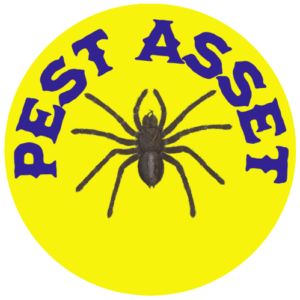When it comes to insects that strike fear into the hearts of many, wasps, yellow jackets, and hornets top the list. These winged creatures are known for their painful stings and aggressive behavior. In this blog post, we will explore the fascinating world of these buzzing creatures, uncovering their habits, dangers, and methods of defense. Get ready to dive into the terrifying truth about wasps, yellow jackets, and hornets!
Understanding the Buzzing Trio
What are Wasps?
Wasps are slender, predatory insects belonging to the Hymenoptera order. They come in a variety of species, with the most common being paper wasps, mud daubers, and hornets. Unlike bees, which are fuzzy and collect pollen, wasps are smooth and feed on other insects, spiders, and even nectar.
Yellow Jackets: The Aggressive Avengers
Yellow jackets are a type of wasp known for their yellow and black striped bodies. They are often mistaken for bees due to their similar appearance, but their behavior sets them apart. Yellow jackets are highly aggressive and known for their powerful stings. They are social insects that live in colonies and build nests in various locations, including underground burrows, tree hollows, and even in buildings.
Hornets: The Mighty Predators
Hornets are the largest and most fearsome members of the wasp family. With their striking size and powerful stingers, they command respect. Hornets build intricate nests made of chewed wood fibers and saliva. Like yellow jackets, they are social insects and live in colonies. While hornets can be aggressive when their nests are disturbed, they generally prefer to avoid conflicts with humans.
The Dangers They Pose
Painful Stings and Allergic Reactions
One of the most significant dangers associated with wasps, yellow jackets, and hornets is their painful stings. When these insects feel threatened, they can deliver a sting that causes intense pain, swelling, and redness. For individuals with allergies, these stings can trigger severe allergic reactions, which can be life-threatening in some cases. It’s essential to be cautious around these creatures and seek medical attention if stung.
Nest Defense and Territory Protection
Wasps, yellow jackets, and hornets are fiercely protective of their nests and territories. If they perceive a threat, they can become highly aggressive and attack in large numbers. Disturbing a nest or provoking these insects can result in a swarm of stinging insects, increasing the risk of multiple stings and potential health complications.
Effective Ways to Stay Safe
Awareness and Prevention
Being aware of your surroundings and understanding the habits of wasps, yellow jackets, and hornets is the first step to staying safe. Avoid wearing bright-colored clothing and sweet-scented perfumes or lotions, as these can attract these insects. Additionally, seal any potential entry points to your home and keep outdoor food and trash tightly covered to deter them from getting near.
Calm and Non-Threatening Behavior
If you encounter a wasp, yellow jacket, or hornet, remain calm and avoid sudden movements. Swatting or panicking can provoke an attack. Instead, slowly and calmly move away from the insect, giving it a chance to fly away. Remember, these creatures are more likely to sting when they feel threatened.
Professional Pest Control
If you have a significant infestation or nests near your home, it’s best to seek professional pest control services. Pest Asset has the knowledge, experience, and protective gear to handle these insects safely and effectively. They can identify the source of the problem, remove nests, and provide advice on preventing future infestations.
Conclusion
Wasps, yellow jackets, and hornets may strike fear in our hearts, but understanding their behaviors and taking precautions can help us coexist safely. By knowing the differences between these buzzing insects and implementing preventive measures, we can reduce the risk of painful stings and potential allergic reactions.
Remember, respect their territory and give them the space they need. If you find yourself facing a significant infestation or nest, don’t hesitate to contact Pest Asset for assistance. Stay informed, stay safe, and face the buzzing trio with confidence



